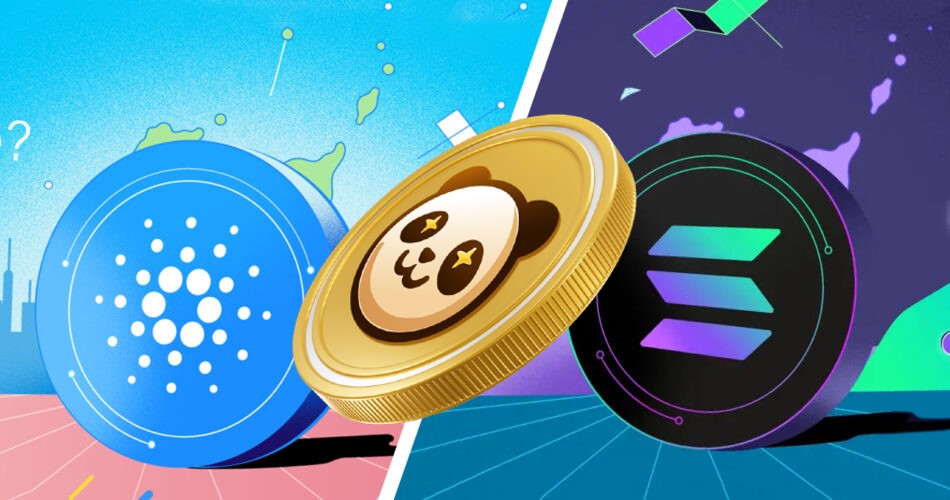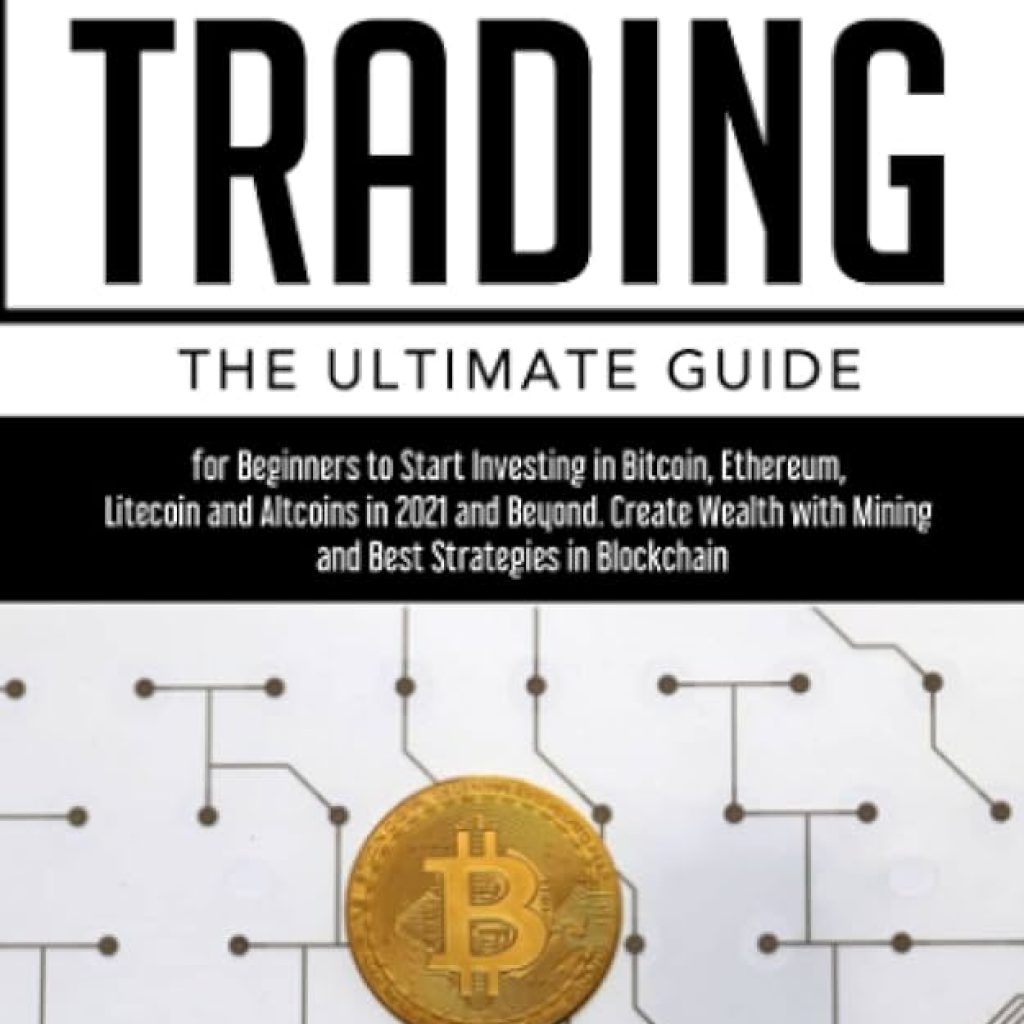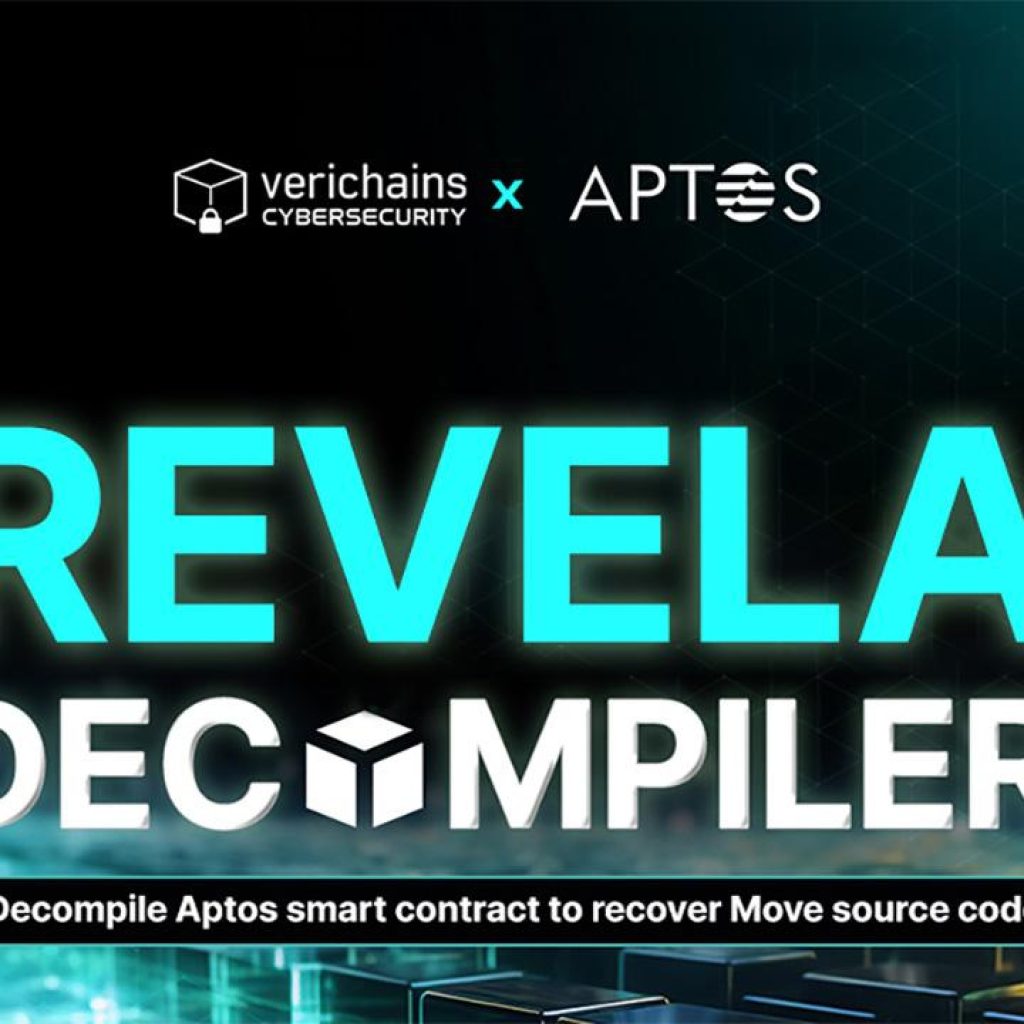Cardano is being rivaled by upcoming competitors like Solana and Pandoshi. These coins are storming the crypto sector and outperforming even the biggest players like Bitcoin and Ethereum. This article will provide an extensive comparison between these three tokens to help you determine which one is primed to return the highest gains in 2024.
Cardano vs Solana and Pandoshi
Cardano is a crypto giant, securing a ranking among the top ten coins in the market. Its pioneer status launching in 2017 afforded first-mover advantage cementing brand equity and a supportive community over the years through methodical peer reviewed development. But questions about its potential grow with every passing day.
Prospective buyers wonder whether Cardano’s deliberately slow but steady iteration can sustain relevance longer-term against cutting-edge competitors like Solana and Pandoshi.
Both Solana and Pandoshi are architected specifically to solve Cardano’s lingering issues like network congestion and lagging transaction speeds. Plus, both projects actively focus on decentralized applications spanning DeFi, NFTs, gaming and payments unlike Cardano which is still lacking comparable capabilities.
This expanding functionality gap poses imminent risk of development talent migration towards richer ecosystems like those built by Solana and Pandoshi. It’s only natural for developers to go to more efficient systems rather than awaiting Cardano’s roadmap fulfillment. That’s the biggest reason why Cardano risks ceding ground to these faster-moving alternatives.
The Case for Solana
Solana aggressively markets its core competencies around best-in-class transaction throughput exceeding 50,000 transactions per second. In comparison, Cardano even after major improvements is still congesting a mere million transactions daily.
Furthermore, cost efficiencies also enable more versatile micropayments and tokenized use cases infeasible under Cardano presently. These strengths explain Solana’s meteoric 1000% value accretion last year amid surging ecosystem growth.
The only downside to Solana is that critics argue its raw speed risks security tradeoffs and every few months the network crashes with down-time.
The Case for Pandoshi
Pandoshi incorporates modular architecture facilitating seamless interoperability between various blockchain networks using cross-chain communication protocols, data relayers, and confirmations. This allows developers to build dApps tapping multiple chains for flexibility. Meanwhile, users escape liquidity silos via seamless asset movements across chains. Future-proof customizability also gives Pandoshi an edge over Cardano and Solana.
At the heart of the Pandoshi ecosystem lies its innovative Layer-2 network, employing a Proof of Stake protocol for an environmentally friendlier approach than traditional Proof of Work systems. This ecosystem features a variety of elements, including a decentralized exchange, the Pandoshi Wallet ensuring user autonomy in asset management, engaging metaverse gaming activities, educational platforms, and cryptocurrency-compatible prepaid cards, all operating without the requirement for KYC procedures. These diverse components are all integrated with PAMBO, Pandoshi’s native cryptocurrency initially launched on the Ethereum blockchain.

PAMBO is designed around a deflationary concept, utilizing a buy-and-burn mechanism. This process involves the acquisition of tokens at prevailing market rates followed by their removal from circulation, thereby boosting their rarity. This scarcity is further supported by distinct aspects of the ecosystem, such as the decentralized exchange, which levies transaction fees. These fees are then channeled towards purchasing more PAMBO tokens, which are subsequently taken out of circulation, thereby fostering both scarcity and potential value appreciation.
The Case for Cardano
Cardano’s biggest advantage is that it enjoys valuable early-mover advantage cementing brand recall and loyalty especially in emerging economies through governmental cooperation. The Cardano community has earned the respect of mega institutions and therefore has a solid backing.
In short, it retains fair odds to sustain market share despite competitive forces entering the arena thanks to its legitimate track record.
Conclusion
While Cardano is still a key player, both Solana and Pandoshi are primed for greater success. If we had to choose between these two options, Pandoshi is the obvious favorite. The project is still in its infancy and has greater chances for major success. At the rate its native token PAMBO is currently increasing, investors will profit from returns that will set them up for more than a lifetime.
Click Here To Buy PAMBO Tokens
Visit the links below for more information about Pandoshi (PAMBO):
Website: https://pandoshi.com/
Whitepaper: https://docs.pandoshi.com/








